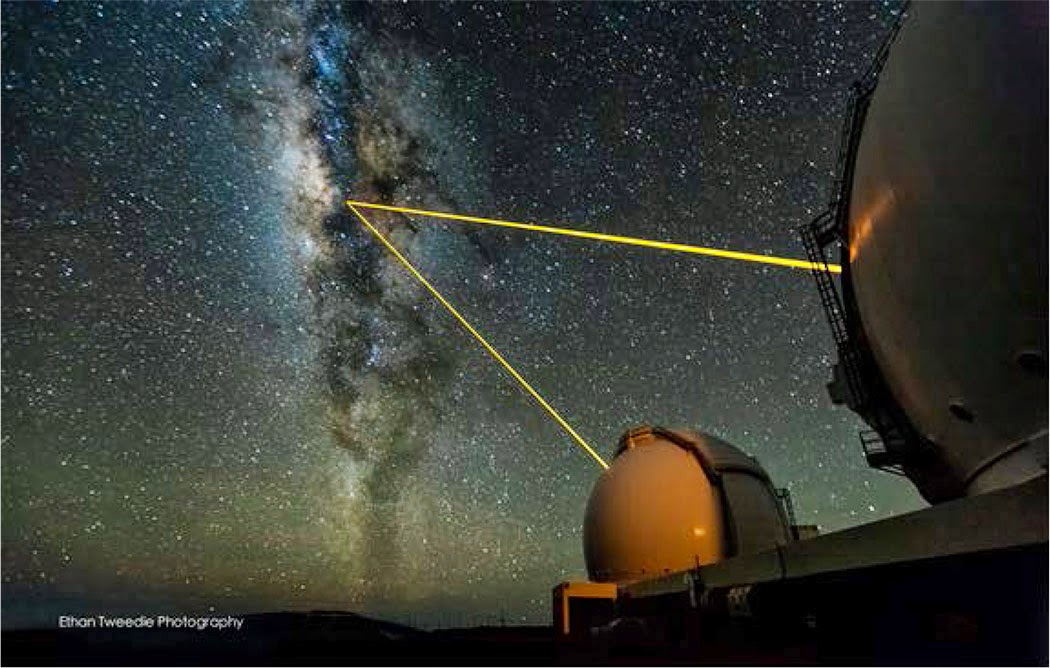Practical astronomy - Where to place the observatory
Following are posts on a practical introduction to astronomy, practical in the sense as to the steps taken before and after observations, practical in the sense that I shall try look at things from an engineering perspective instead of a science perspective.
So, to start, before we look up at the skies, we need to look around on Earth to decide on a place to setup the observatory. How does it matter where we setup the observatory, you ask? Depending on the position of the observatory on Earth, the amount of sky covered by the telescope will differ. You might've come across `all sky' maps, for example the all sky map by the Planck telescope or the all sky map by Fermi telescope. Planck and Fermi are in-space observatories, orbiting the earth while observing the heavens. In contrast, here is the sky coverage of the SDSS telescope, located in New Mexico, USA. As you can clearly see, the SDSS telescope can only cover a portion of the sky whereas the in-orbit telescopes can cover the whole sky. In fact, any telescope on earth will only be able to cover a limited portion of the sky i.e a telescope located in the northern hemisphere will not be able to observe the southern pole star and vice-verse. So, understanding the sky coverage of a telescope is an important factor in deciding where to place it on Earth, especially if the telescope is being built to observe a specific portion of the sky.
Moving on, another fact which most of you would've noticed about observatories on Earth is the fact that all of them are located on tall mountains. The observatories on Mauna Kea, Hawaii, observatories at La Serena, Chile, or our very own Indian observatories at Leh, Ladakh, India to name a few. The reason behind positioning telescopes on top of mountain hills is to reduce atmospheric seeing. Seeing is the phenomenon in which light from stars is distorted by the atmosphere as it passes through it, thereby changing the shape of the star or astronomical object. There is even a qualitative scale used to refer to the amount of seeing. Seeing is primarily due to atmospheric turbulence and the fact that air in the atmosphere is in constant motion. As most of the atmosphere lies within the first few kilometers of the surface, which is also the most turbulent, a telescope atop a mountain experiences lesser seeing than one on the surface. And why is seeing important you ask? In many cases, the smallest object that a telescope can observe is not limited by the instrument or errors but by atmospheric seeing. Therefore, there is only so much we can do to negate the bad effects of atmospheric seeing, using adaptive and active optics.
Depending on the kind of science we intend to extract from the observations, we need to decide on the type of instruments to use on the telescope. Also, depending on our technical prowess, we need to choose one of the many telescope configurations for our setup.

So, to start, before we look up at the skies, we need to look around on Earth to decide on a place to setup the observatory. How does it matter where we setup the observatory, you ask? Depending on the position of the observatory on Earth, the amount of sky covered by the telescope will differ. You might've come across `all sky' maps, for example the all sky map by the Planck telescope or the all sky map by Fermi telescope. Planck and Fermi are in-space observatories, orbiting the earth while observing the heavens. In contrast, here is the sky coverage of the SDSS telescope, located in New Mexico, USA. As you can clearly see, the SDSS telescope can only cover a portion of the sky whereas the in-orbit telescopes can cover the whole sky. In fact, any telescope on earth will only be able to cover a limited portion of the sky i.e a telescope located in the northern hemisphere will not be able to observe the southern pole star and vice-verse. So, understanding the sky coverage of a telescope is an important factor in deciding where to place it on Earth, especially if the telescope is being built to observe a specific portion of the sky.
Moving on, another fact which most of you would've noticed about observatories on Earth is the fact that all of them are located on tall mountains. The observatories on Mauna Kea, Hawaii, observatories at La Serena, Chile, or our very own Indian observatories at Leh, Ladakh, India to name a few. The reason behind positioning telescopes on top of mountain hills is to reduce atmospheric seeing. Seeing is the phenomenon in which light from stars is distorted by the atmosphere as it passes through it, thereby changing the shape of the star or astronomical object. There is even a qualitative scale used to refer to the amount of seeing. Seeing is primarily due to atmospheric turbulence and the fact that air in the atmosphere is in constant motion. As most of the atmosphere lies within the first few kilometers of the surface, which is also the most turbulent, a telescope atop a mountain experiences lesser seeing than one on the surface. And why is seeing important you ask? In many cases, the smallest object that a telescope can observe is not limited by the instrument or errors but by atmospheric seeing. Therefore, there is only so much we can do to negate the bad effects of atmospheric seeing, using adaptive and active optics.
Depending on the kind of science we intend to extract from the observations, we need to decide on the type of instruments to use on the telescope. Also, depending on our technical prowess, we need to choose one of the many telescope configurations for our setup.

source











